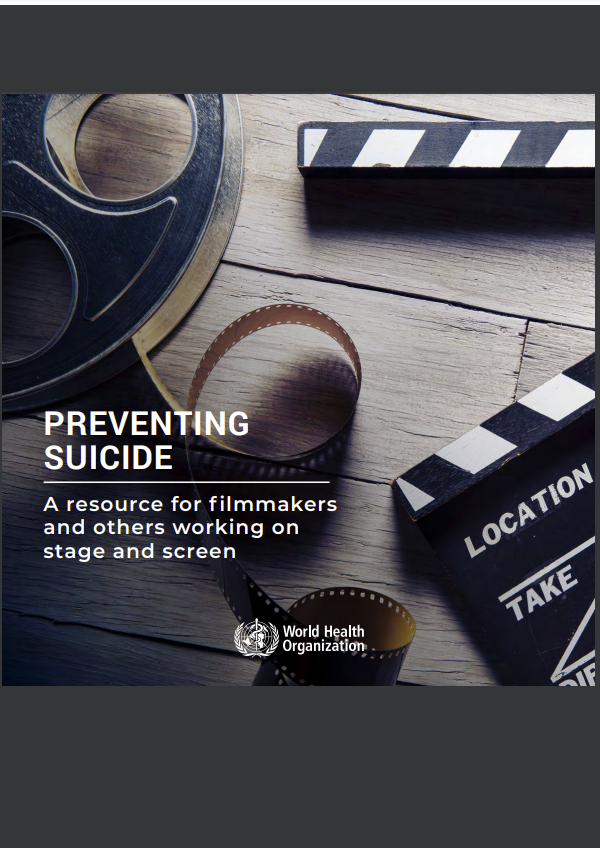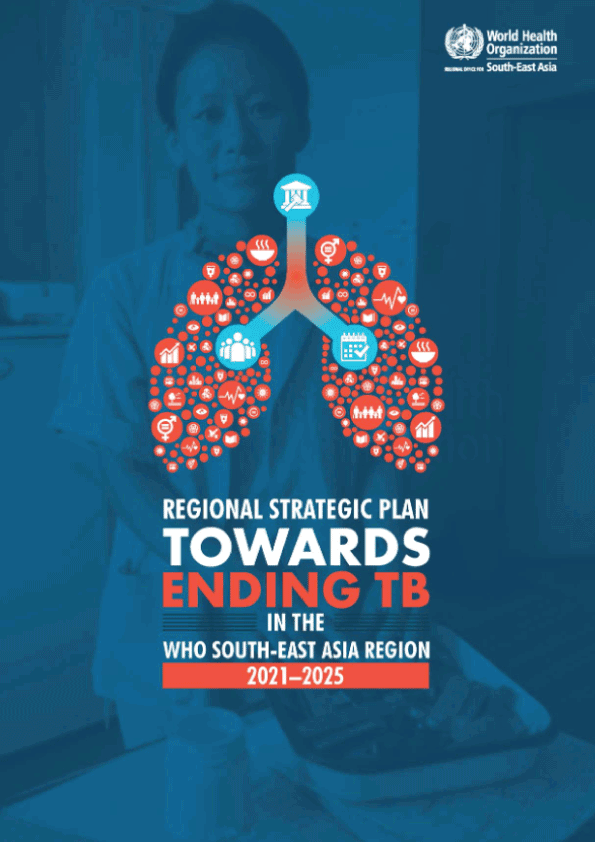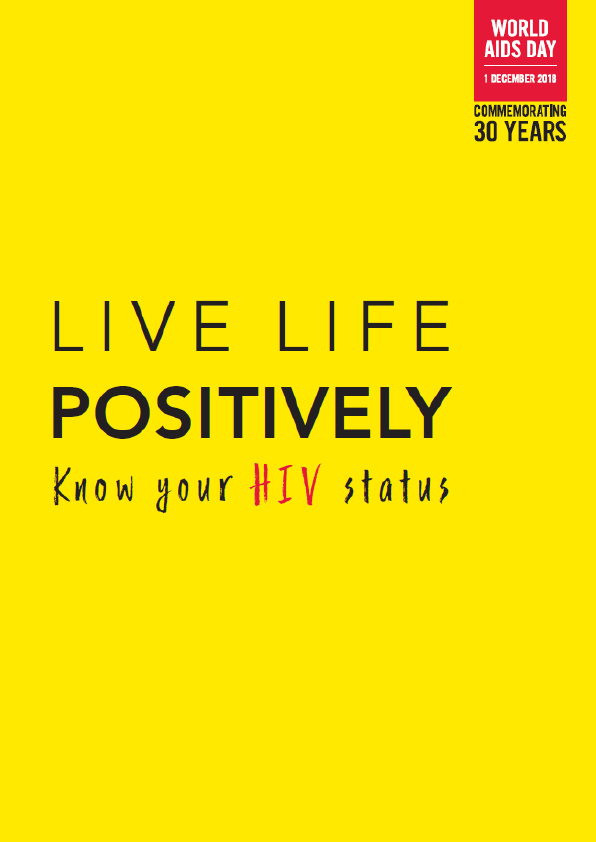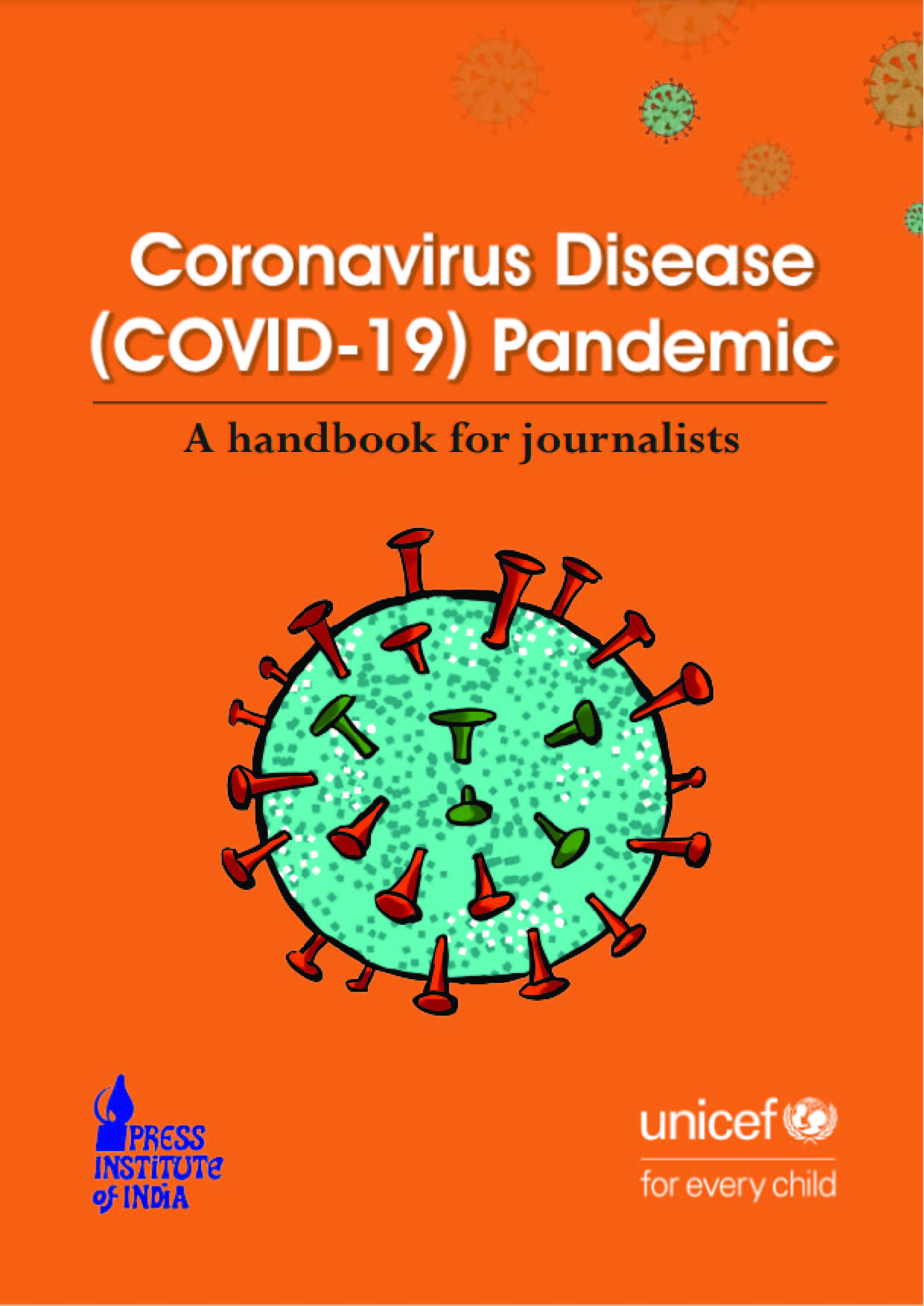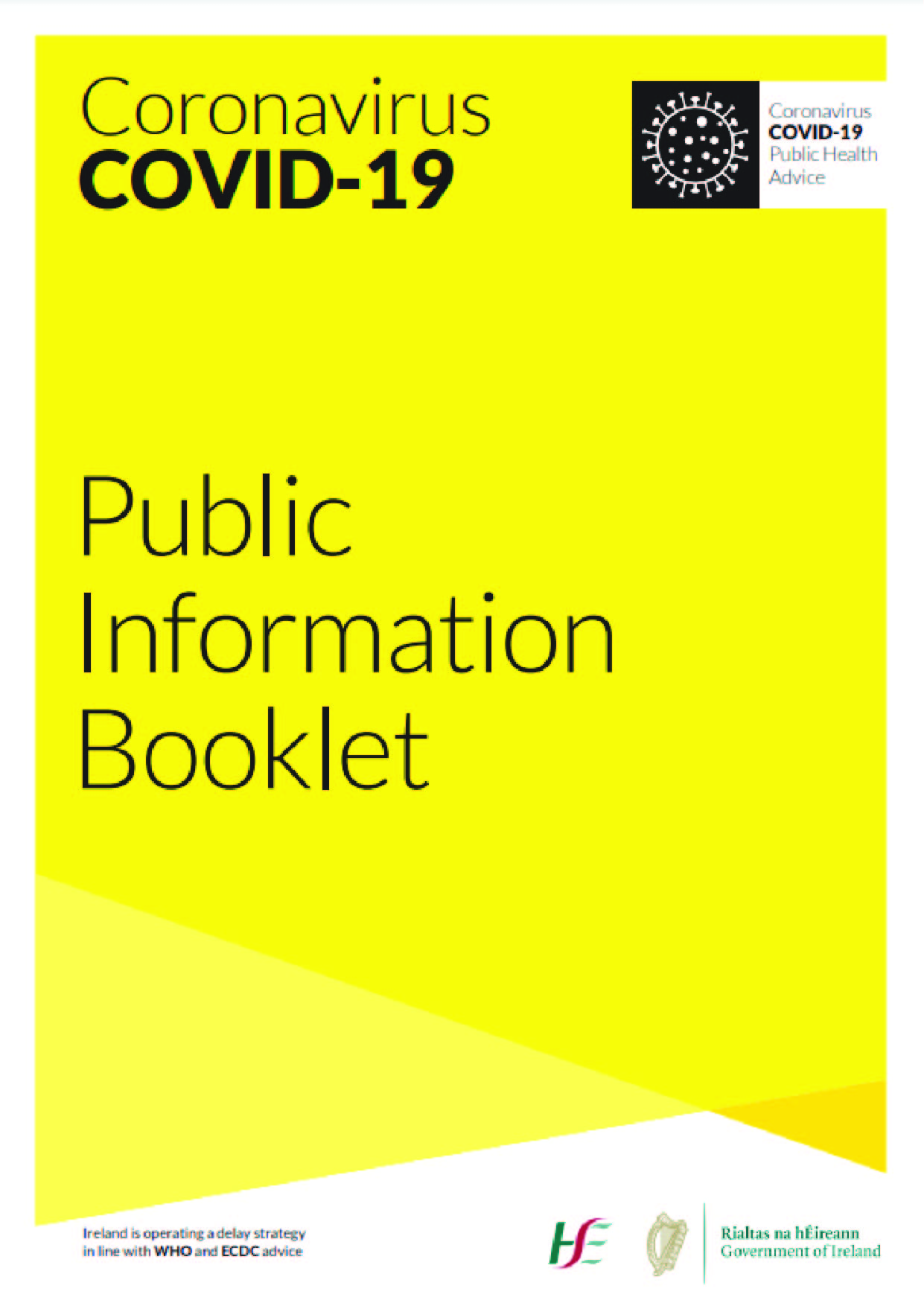Suicide is a major public health problem with far-reaching social, emotional, and economic consequences. There are some 800 000 suicides a year worldwide, and it is likely that many others go undetected. In addition, many more people attempt suicide. Suicide occurs throughout the lifespan and in 2016 it was found to be the second leading cause of death among 15–29-year-olds globally.
The factors contributing to suicide and suicide attempts and their prevention are complex, but there is increasing evidence that media–including films, documentaries, and television programs – can have both positive and negative impacts on suicidal behavior. The way in which we watch cinematic and television content today has changed drastically since the invention of the television in the 1920s. Those with an interest in films and programs on television and streamed online can now watch and re-watch them in isolation, on-demand everywhere, from their telephone, laptop, tablet, tv, and many other devices. Furthermore, the development of online viewing allows people to watch cinematic, television, and streamed content with ease and over extended periods of time – an activity known as “binge-watching” which is particularly prevalent among young people.
Many countries have classification guidelines to guide viewers as to the suitability of a film or television program for particular age groups. Age classifications are generally determined by examining a film for content such as drug use, sexual content, language, violence, and the overall theme. There are no global guidelines on such age classification processes. The content relating to suicide is rarely addressed by film classification boards.
Research has established that sensationalist portrayals of suicide in the media, such as in news stories, can lead to an increase in suicides due to imitation (the “copycat” effect). Research has shown that, as with media news reports, portrayals of suicide on television, at the cinema, or streamed online can have imitation effects. A person’s sociodemographic status and characteristics play a role in the impact of such portrayals, with younger and vulnerable people at higher risk of identifying with the protagonist and experiencing a negative impact. In addition, if portrayals of suicide do not accurately represent reality, they can contribute to public misunderstandings of the nature of suicide, nurture myths (see myths and facts about suicide in Annex 1) and hinder effective suicide prevention.
Content portrayed on-screen informs the general public about social issues such as mental health which in turn affects public attitudes, creating an opportunity for those involved in the production of stage and screen content to contribute to suicide prevention. Research has demonstrated that portrayals focusing on overcoming suicidal crises can reduce suicide risk among viewers. Furthermore, promoting such programs or portrayals provides an opportunity to highlight the importance of seeking help and looking after oneself and others, and to provide messages of hope.
This booklet aims to provide information for filmmakers and others involved in the creation, development, and production of content for the screen (e.g. films, series, television programmes) or stage (e.g. theatrical productions) to ensure that portraying suicide on screen and stage is accurate and appropriate and to maximize the positive impact that portrayals of suicide can have, while minimizing any possible negative impacts. An overview of the scientific literature on the impacts of portrayals of suicide on screen is also included.
